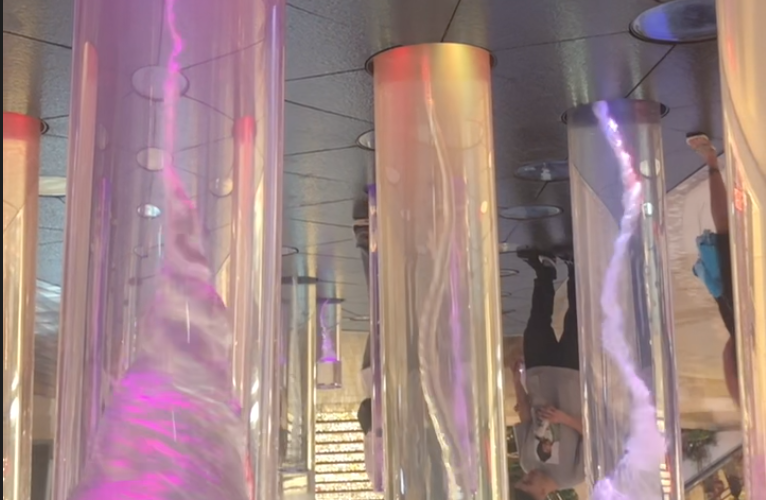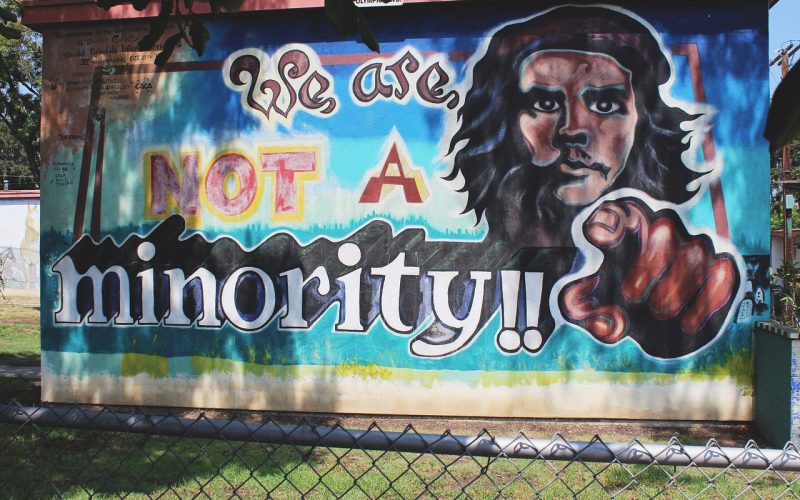About editors
Articles created by editors
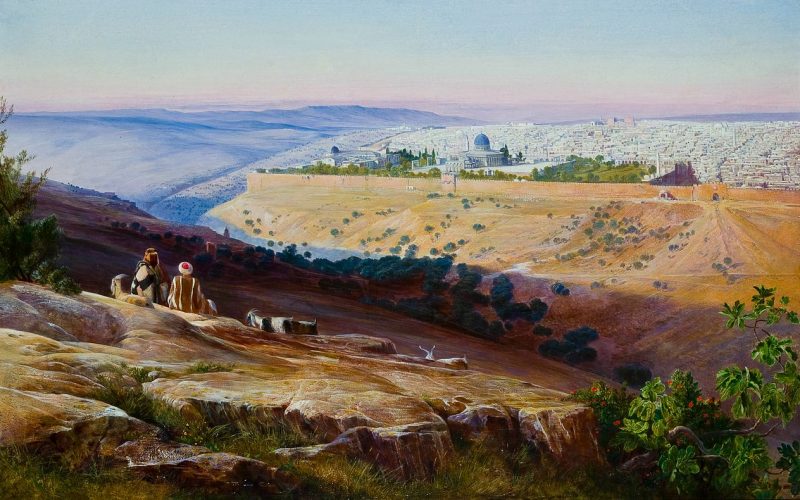
Images Of Place And Territory In Contemporary Israeli-Jew And Palestinian Art, Part 1 (Yael Guilat)
The following article is published in two installments. Translation from Hebrew: Daria Kassovsky. Images of maps have been a prevalent motif throughout the history of art, from the 6th- century Madaba Map in Jordan, through Navajo sand maps in North America, to the work of 16th and 17th century artists such…
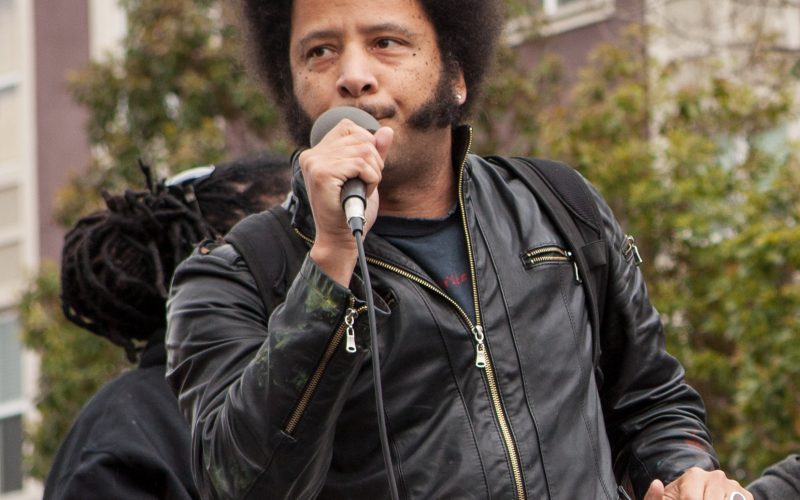
The Equisapien Encounter – Reading Enrique Dussel In Boots Riley’s “Sorry to Bother You” (Conor Ramón Rasmusen)
The following is republished from The New Polis, January 30, 2019. When Boots Riley’s film Sorry To Bother You burst into U.S. theatres this past July, reviewers exclaimed that it was “going off the rails” and “crazy” but was absolutely adored by its viewers. While Riley’s film is both deeply conceptual and simultaneously materially critical of…
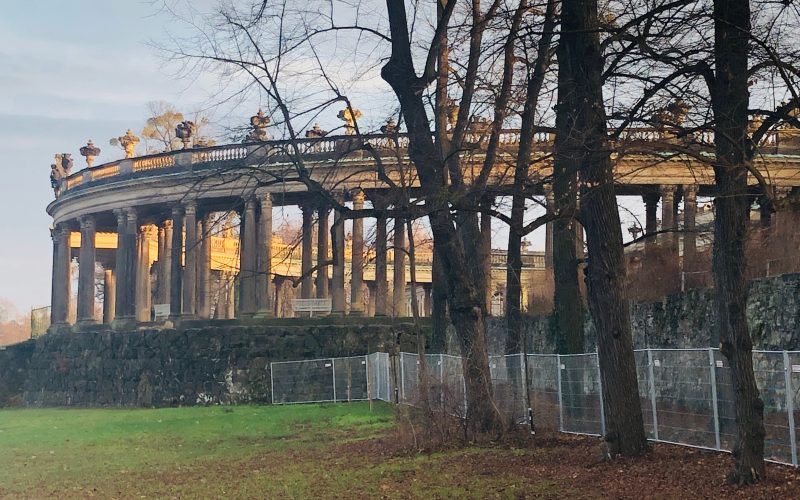
Ambient Rhetoric And Graphic Novels (Sergio C. Figueiredo)
In the fall of 2015 I taught a Literary Genre course Kennesaw State University in Georgia on the Graphic Novel (ENGL 3230 Syllabus). I taught it from the perspective of rhetorical genres as described by Carolyn Miller in “Genre as Social Action.” the features of which are as follows: Genre…

A Cathartic Manifesto: Corporeality in James Joyce, Part 2 (Tim Royan)
The following is the second part in a two-part installment. The first part can be found here. The fact that Bloom implements a diseased prostitute’s body, “medically…speaking,” to launch into an argument against dualism obviously mirrors Joyce’s implementation of the human body for the exact same reason, as well as the…

A Cathartic Manifesto: Corporeality In James Joyce, Part 1 (Tim Royan)
The following is the first of a two-part series. James Joyce, throughout his literary career, repeatedly implements descriptions of the human body and its functions as a thematic device through which to explore other, more grandiose literary topics. In the process, he utilizes an almost routine breaking of taboos that…


